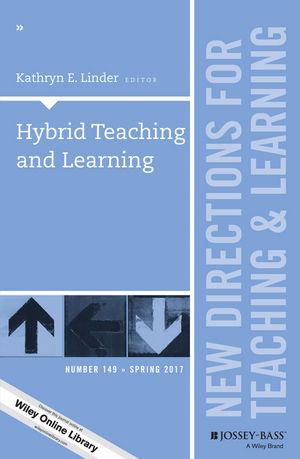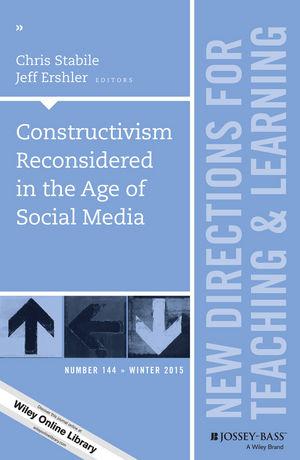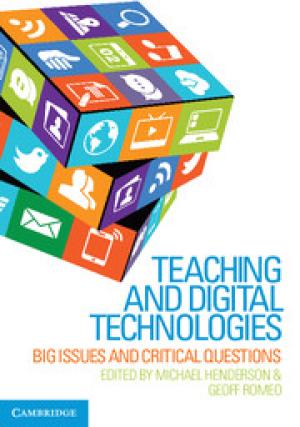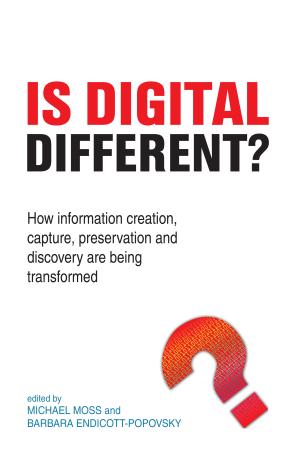Resources

Click Here for Book Review Hybrid, or blended, classrooms are expanding on campuses across the United States (and internationally). Intentionally combining in-class instruction with online activities not only aids student learning, it also provides more self-directed, technology-mediated learning experiences for students who will incorporate technology into their professional lives post-college. In addition to explaining and defining the phenomenon of hybrid teaching and learning, this volume answers: • What is hybrid teaching and learning? • How does it promote student learning? • Why should faculty and administrators consider it? • How are its components different from traditional classrooms? • What are the best practices of hybrid course design? • How can instructors incorporate accessibility into their hybrid courses? • What models can be used to train faculty as hybrid teachers? • Where is it being practiced? • How can institutions best prepare students for and promote their success in hybrid courses? • Who should be involved in implementing and supporting these initiatives at the institutional level? This is the 149th volume of this Jossey-Bass higher education series. It offers a comprehensive range of ideas and techniques for improving college teaching based on the experience of seasoned instructors and the latest findings of educational and psychological researchers. (From the Publisher)
Grammar-translation pedagogy is the standard for biblical language instruction. Second language acquisition scholars have argued that grammar-translation is ineffective and not empirically justified. Moreover, evidence suggests most seminary graduates do not use biblical languages effectively in ministry. Task-based instruction is an important alternative pedagogy which focuses on the tasks students will be using the language for and designs the curriculum around those tasks. A task-based approach de-emphasizes translation and memorization of forms. Instead, the emphasis from the beginning is on biblical interpretation and exposition. Available software based resources offer new possibilities for task-based teaching, as students can identify forms and vocabulary and have access to a library of resources. A task-based pedagogy using these tools enables students to quickly develop skills in biblical interpretation that are normally reserved for the third or fourth semester of study. Task-based pedagogy offers great promise for effective and efficient biblical language pedagogy.

Click Here for Book Review No longer relegated to just the classroom, learning has become universal through the use of social media. Social media embodies constructivism itself as the users engage in the development of their own meaning. And, constructivism is relevant to education, and learning theory and technological advance can be better understood in the light of one another. This volume explores: - particular areas influenced by constructivist thinking and social media, such as student learning, faculty development, and pedagogical practices, - practical and useful ways to engage in social media, and - dialogue and discussions regarding the nature of learning in relation to the technology that has changed how both faculty and students experience their educational landscape. This is the 144th volume of this Jossey-Bass higher education series. It offers a comprehensive range of ideas and techniques for improving college teaching based on the experience of seasoned instructors and the latest findings of educational and psychological researchers. (From the Publisher)
One page Teaching Tactic: using Twitter for student discussions of films outside of class, teaches them to write thoughtful and critical comments in a succinct but expressive manner.
One page Teaching Tactic: students write tweet 140 character summaries of the week’s reading.
In this article, I address the challenge of fostering better student engagement with ancient material, and discuss my experience with designing a course around creative use of technology. In my recent course, “The Ancient Christian Church: 54–604 CE,” I employed several tactics to encourage student engagement with ancient and modern sources, which also promoted active participation at the level of pedagogy. By designing the classroom experience to allow for student-centered technology use, students were enabled to explore the ancient world in creative ways. In the end, I noticed greater student participation and higher-quality understanding of the ancient church when compared with lecture- or seminar-focused classroom experiences.
One page Teaching Tactic: an online platform that helps students master vocabulary terms .

Teaching and Digital Technologies: Big Issues and Critical Questions helps both pre-service and in-service teachers to critically question and evaluate the reasons for using digital technology in the classroom. Unlike other resources that show how to use specific technologies – and quickly become outdated, this text empowers the reader to understand why they should, or should not, use digital technologies, when it is appropriate (or not), and the implications arising from these decisions. The text directly engages with policy, the Australian Curriculum, pedagogy, learning and wider issues of equity, access, generational stereotypes and professional learning. The contributors to the book are notable figures from across a broad range of Australian universities, giving the text a unique relevance to Australian education while retaining its universal appeal. Teaching and Digital Technologies is an essential contemporary resource for early childhood, primary and secondary pre-service and in-service teachers in both local and international education environments. Empowers pre-service and in-service teachers to understand why they should or should not use digital technologies Notable team of contributors from across a broad range of Australian universities Companion website is kept up-to-date with any major technological changes as well as emerging ideas, debates, policy and other relevant information (From the Publisher)
In this essay I propose that using online tools to connect geographically-separated classrooms for real-time collaborative learning experiences may effectively develop intercultural competency in the religious studies classroom. I explore personal examples from several international and inter-institutional collaborations with Jacques Derrida's reflections on hospitality to explain how using online tools in this way productively puts into question conventions about place, host, and guest. This engagement of students in collaboration with others beyond their classroom is effective because it takes the focus of learning past facts students might learn towards how they are communicating to learn.

This edited collection brings together global experts to explore the role of information professionals in the transition from an analogue to a digital environment. The contributors, including David Nicholas, Valerie Johnson, Tim Gollins and Scott David, focus on the opportunities and challenges afforded by this new environment that is transforming the information landscape in ways that were scarcely imaginable a decade ago and is challenging the very existence of the traditional library and archive as more and more resources become available on line and as computers and supporting networks become more and more powerful. By drawing on examples of the impact of other new and emerging technologies on the information sciences in the past, the book emphasises that information systems have always been shaped by available technologies that have transformed the creation, capture, preservation and discovery of content.  Key topics covered include: • Search in the digital environment • RDF and the semantic web • Crowd sourcing and engagement between institutions and individuals • Development of information management systems • Security: managing online risk • Long term curation and preservation • Rights and the Commons • Finding archived records in the digital age. Is Digital Different? illustrates the ways in which the digital environment has the potential to transform scholarship and break down barriers between the academy and the wider community, and draws out both the inherent challenges and the opportunities for information professionals globally. (From the Publisher)